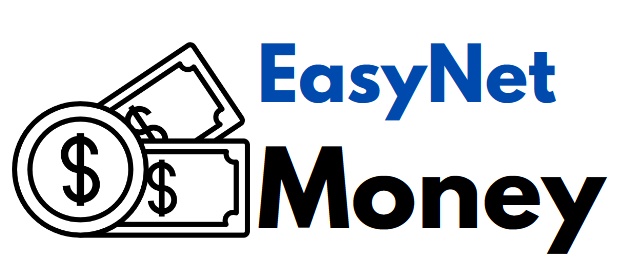Inflation data for the month of December is scheduled for release later this week and policymakers of the Federal Reserve are keeping an eye out for it.
This is because the data will help them determine whether they can slow down their pace of interest rate hikes in the next meeting of the FOMC.
For most of the previous year, the Fed has been delivering big interest rate hikes of 75 basis points, but it is now considering slowing down to a hike of 25 basis points.
The hikes
On Thursday, the consumer price index (CPI) data will be released and if it shows the same cooling as the monthly jobs report did, then there could be a slowdown in the rate hikes.
Raphael Bostic, the President of Atlanta Fed, said that they would give serious consideration to an increase of a quarter point, but the timing would depend on what the inflation data shows.
Mary Daly, the President of the San Francisco Fed, was also questioned on Monday about her preferred rate hike in the January 31st to February 1st meeting.
She responded that she was keeping the option of both 25 basis points and a 50 basis points hike on the table.
The data
Similar to Bostic, she believes that the policy rate of the Fed, which is currently at 4.25% to 4.5%, needs to increase to 5% to 5.25% in order to deal with inflation.
She said that taking steps gradually to reach that target gives them the opportunity of assessing the incoming data and also consider the impact of the rising borrowing costs on the wider economy.
However, she added that she wanted to depend on data to determine the hikes and not just stick to a 50 basis points increase.
Therefore, she said that she would be eyeing the CPI data closely this week to see if there was any improvement in the inflation picture.
Good signs
The US Federal Reserve has been delivering aggressive interest rate hikes for about a year in order to slow down the economy and dampen red-hot inflation.
Policymakers have stated that the recent slowdown in wage and job growth are good signs because they could indicate a slowdown in inflation as well.
Nevertheless, they are not yet prepared to halt the interest rate hikes, or even shift to smaller hikes, because they do not want inflation to become entrenched.
If that were to happen, the Fed would ultimately be forced to deliver even bigger hikes in the future. Policymakers are not just contemplating the size of future rate hikes.
They also have to think about just how high the rates need to go and how long they need to stay there in order to bring down inflation to the 2% target.
The minutes of the last policy meeting of the Fed in December showed that none of the policymakers are expecting a rate cut this year.
In contrast, the market believes rates would be reduced in the second half of the year because of a slowing economy.

